Is Storm Boy SA’s greatest movie?
To celebrate 50 years of South Australian Film Corporation, resident cinema buff Nathan Davies reveals his list of our top 10 movies.
SA Weekend
Don't miss out on the headlines from SA Weekend. Followed categories will be added to My News.
SA has it all: Stunning nature, excellent food and wine, and an impressive film industry producing movies that are recognised globally, including at next year’s Sundance Film Festival – the largest independent film event in the US.
To celebrate 50 years of South Australian Film Corporation, resident cinema buff Nathan Davies reveals his list of the 10 best movies filmed in this great state.
Which one’s your favourite? Tell us in the comments section at the bottom of the page.
SA’s top 10 greatest movies
1. Storm Boy (1976)
A coming-of-age story set in the picturesque Coorong, Storm Boy – based on Colin Thiele’s best novel – helped kick start the acting career of David Gulpilil.
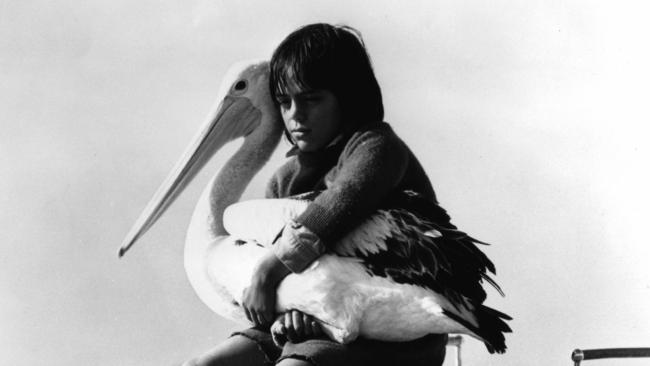
2. Snowtown (2011)
A movie that left cinema audiences lost for words, the story of South Australia’s most infamous crimes is not for the faint-hearted. An ominous soundtrack from Jed Kurzel adds to the anxiety in this critically-acclaimed film.
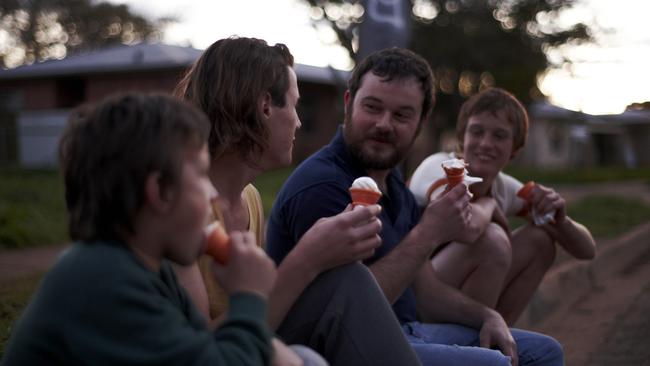
3. Shine (1996)
Directed by Scott Hicks, Shine starred Noah Taylor and Geoffrey Rush as the younger and older versions of pianist David Helfgott who broke down under the pressure of the expectations of an overbearing father. Rush’s performance earned him the Best Actor Academy Award.
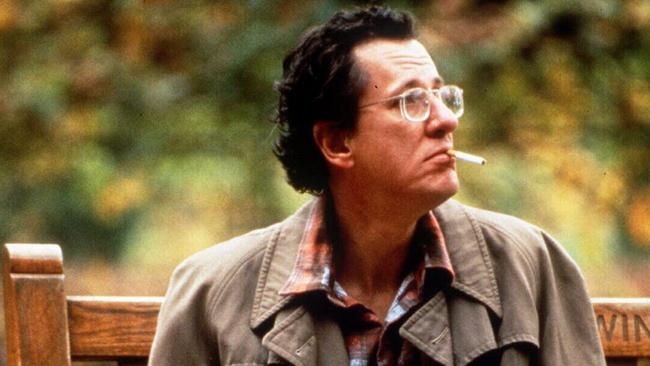
4. Sunday Too Far Away (1975)
Another classic from the Australian New Wave, Sunday Too Far Away was an unflinching examination of Aussie masculinity set in the hard-scrabble shearing sheds of the outback. Helped to make a star of Jack Thompson.
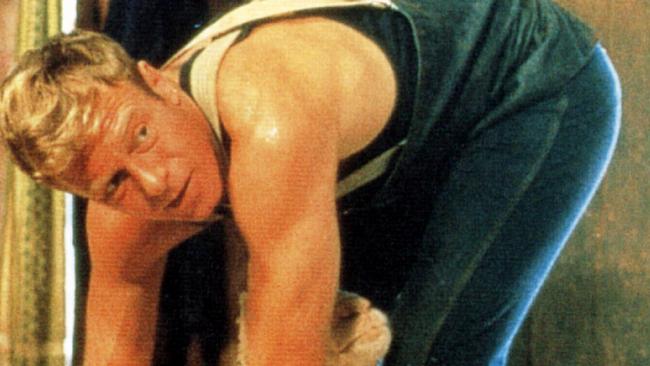
5. The Stranger (2022)
Based on journalist Kate Kyriacou’s book about the capture of Daniel Morcombe’s killer, The Stranger is a masterclass in restraint starring Joel Edgerton as a cop charged with the task of getting close to a suspected murderer.
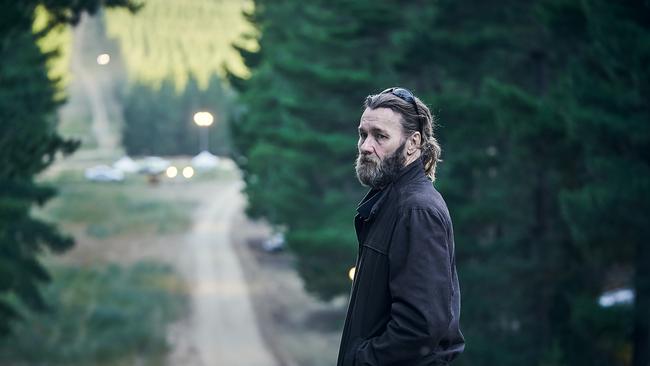
6. The Babadook (2014)
Essie Davis stars as a single mum worried about the behaviour of her young son, who claims he can see a top-hatted man called The Babadook. Drawing on classic horror literature and silent movies, The Babadook was an international hit.
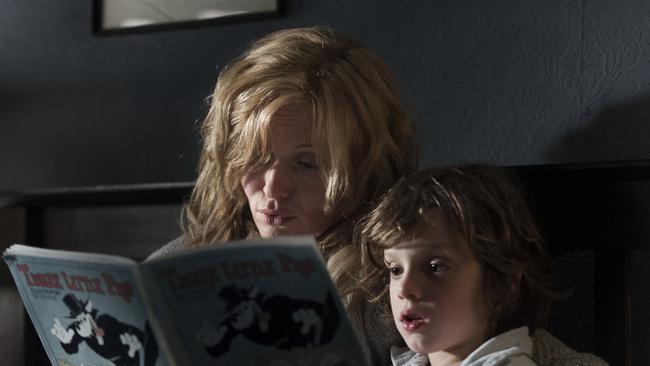
7. Breaker Morant (1980)
The story of the trial of Harry “Breaker” Morant and his compatriots for crimes committed during the Second Boer War is an exploration of the fog of war and the “just following orders” defence. Powerhouse performances from Edward Woodward and Jack Thompson.
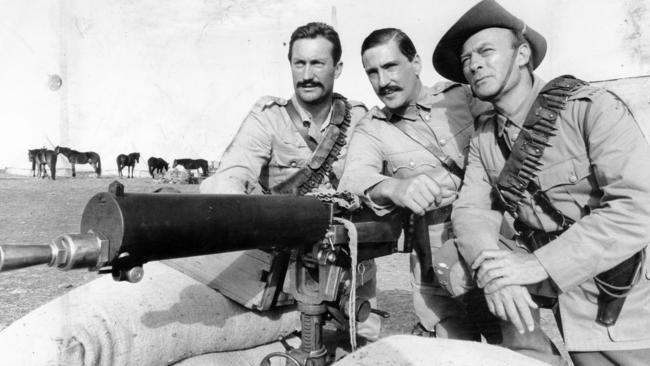
8. Red Dog (2011)
A heartwarming tale of a hound on a mission, the true star of Red Dog is Koko, the Australian kelpie who delivered an amazing performance in the title role.
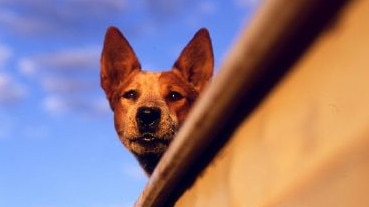
9. Bad Boy Bubby (1993)
A black – very black at times – comedy about a young man trapped inside a squalid house by a mother who’s convinced him the air outside is poisonous. Bad Boy Bubby has become a cult classic.
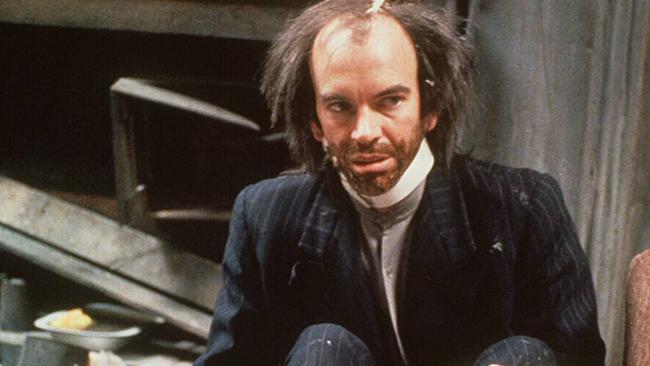
10. Wolf Creek (2005)
Psychologically scarring for anyone who grew up watching John Jarratt on Play School, outback horror Wolf Creek made a whole generation question the wisdom of an Australian road trip. An international hit.
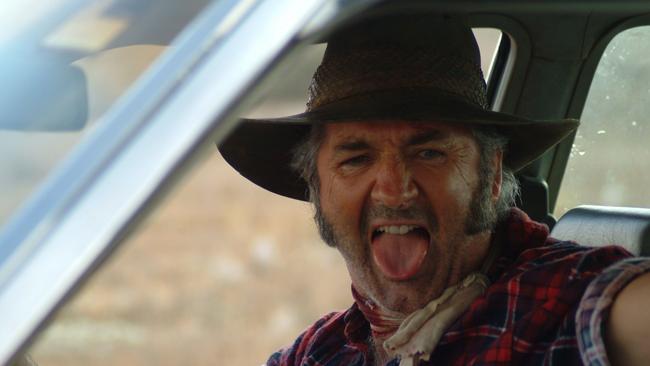
Meet SA Film Corporation’s chief executive, Kate Croser
The SA Film Corporation this year celebrates 50 years of supporting talent, vision, risk taking, heart and hope. And this spirit is epitomised, as well as anything, by its top dog, proud South Australian Kate Croser.
Kate Croser was born six years after the South Australian Film Corporation was formed.
The apple of then premier Don Dunstan’s eye, it was created, somewhat boldly, in 1972 to encourage the development of a local film and television industry.
For Dunstan, this would scratch a significant artistic itch, while also aiming to bring dollars and an international profile to his state.
It wasn’t a linear path to success, nor always easy, but it was the first of its kind in Australia and became the envy of (and was subsequently copied by) other states.
In turn it has undeniably spawned some of our finest cinematic moments. Think Breaker Morant, Storm Boy, Picnic at Hanging Rock, Shine, Sunday Too Far Away, Wolf Creek (dear reader: feel free to add your own favourites here).
The SAFC provided career kickstarts to some of our most renowned directors, such as Scott Hicks, Gillian Armstrong, Peter Weir and Bruce Beresford. It helped make Jack Thompson, Cate Blanchett and Sarah Snook household names, too.
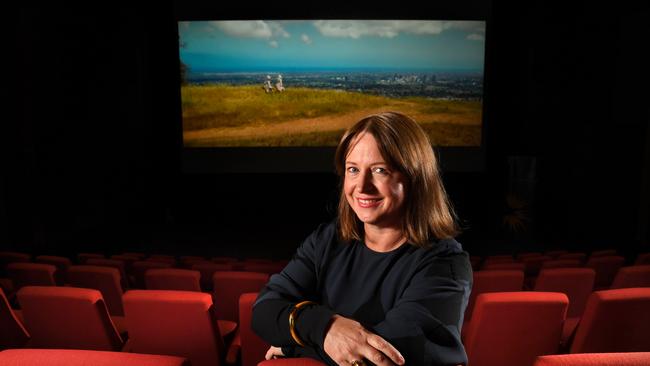
In more recent times it has played host to international stars such as Zac Efron (Gold), Jamie Dornan (The Tourist), Daniel Radcliffe (Escape from Pretoria), Hilary Swank (I Am Mother) and Dev Patel (Hotel Mumbai).
And this year, SAFC celebrates its milestone 50th year.
While doing all of the above, and a fair bit more, makes Croser – the SAFC chief executive – very proud, she takes her greatest joy in the corporation’s capacity to tell South Australian stories while also showcasing the state.
“I love South Australia, it’s my home,” says the 44-year-old, who was born in Mount Gambier and lived in Whyalla and Port Pirie before moving to the big smoke.
Croser worked for years in a variety of roles in the entertainment industry – everything from assistant to crewing roles – and even set up two successful businesses, Cyan Films and Hedone Productions, to produce feature films and television series based in SA (following an earlier career detour into the Australian Taxation Office).
She then went to work as the head of development and production at creative studio KOJO for three years.
Throughout this, she saw the best and worst of the industry – the highs, the lows, the egos and everything in between.
So she was understandably over the moon when given the opportunity of a lifetime – to become the top dog in South Australia’s film industry in 2019.
That elation didn’t last too long.
What she hadn’t prepared for was a global pandemic, which would essentially shut down the film and television industry overnight.
“It was very challenging, and not what I was expecting when I came into the job,” Croser says.
Then the industry did what it always does, it pulled together, and Croser decided to get innovative.
“One of the things that was really successful is the national screen industry really rallied quite quickly to come up with a set of Covid-safe protocols,” she says.
Croser herself implemented protocols so production sets could continue with safe work practices.
It wasn’t quite that simple, though.
She still had to convince investors to go ahead and put money back into SAFC projects.
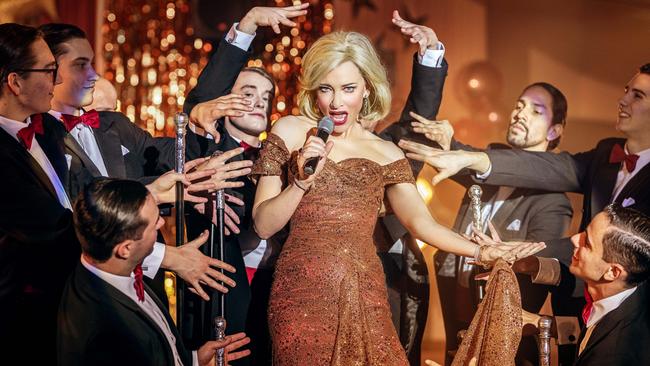
At the same time, SAFC worked with Deloitte to create Australia’s first Covid risk assessment tool for the screen industry.
“That was what enabled us to get Aftertaste, which ended up being the first new television series to get back up and running in Australia,” Croser says.
The process worked, and rather than grinding to a sudden halt, SA’s screen industry experienced what Croser describes as a “production boom”.
“We’ve actually had record years of production and our post production and visual effects companies and game development studios have been able to really bounce back quite quickly from that initial Covid shock,” she says.
The numbers overall are particularly healthy.
SA’s screen industry contributed $187m into the state’s economy in 2019-20, more than doubling over six years.
The industry tripled its workforce in that time, with 2297 full-time equivalent jobs in the state, while supporting businesses and suppliers in construction, travel, transport, hospitality, retail, professional services and more.
“Last year, we broke a few records,” Croser continues.
“We had a record amount of production activity occurring simultaneously in South Australia, we had six major film and television projects all filming at the same time and they were all majority South Australian crew, which is absolutely outstanding.
“We also had a record year in post production and visual effects, so we had the largest amount of visual effects expenditure in South Australia that we’ve ever had.”
Looking back on it all, Croser sometimes has to catch her breath to take it all in.
“It feels like it’s happened in the blink of an eye but also, it’s been a lot of hard work along the way,” she says.
So where to from here? The strength ofSAFC has been half a century in the making, and its success is not down to one or two people.
Big ticks to Dunstan’s vision but there have been decades of investment by successive governments and the industry itself.
Its 50th birthday does, however, represent a signpost for the opportunities ahead.
“What’s probably most exciting about coming into our 50th year is just the massive opportunity for our state in screen production,” Croser says.
“We are internationally renowned for our visual effects and post production.
“We have some of the fastest growing and most internationally recognised video game studios based here in Australia. In screen production, we’re just going from strength to strength.”
Croser’s main focus is to keep SAFC moving forward in a way that continues to represent and support the state.
“How do I make sure that we’re making the most of this opportunity?” she says.
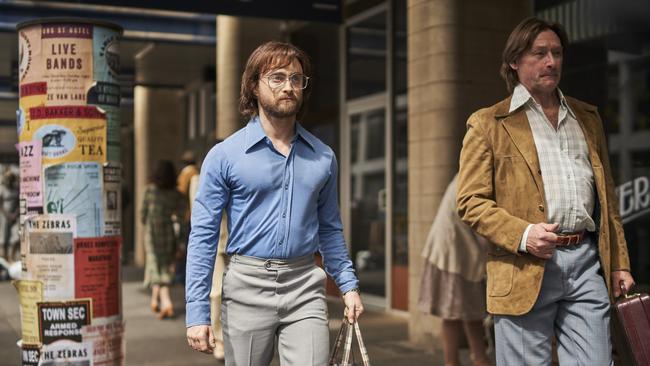
Croser is obviously proud of the legacy she has inherited.
“South Australia was the first to establish a state screen agency to support the growth and development of a local screen industry here in Australia,” she says.
“We’ve got some of the top filmmakers that made some of their first projects here in South Australia, including Peter Weir and Bruce Beresford, Scott Hicks, Gillian Armstrong – even Cate Blanchett made her first feature film here in South Australia.”
And the big names attracted in recent times have further enhanced the international reputation.
“In this business, it really is a talent-driven game … audiences love to see their favourite faces on the screen,” Croser says.
“Having some of those big names come and work in South Australia, it means that our landscapes get seen more broadly, it means that more people will watch the film and television content that we make.”
However, for Croser it goes much deeper, and points to telling genuine stories that help explain themes like culture and national identity.
“When you’re talking about the screen content and screen production, what it’s actually doing is it’s sharing our stories and our way of living and our cultural identity with the world,” she says.
“Without all of these screen storytellers, I don’t think that we would have as much of a sense of who we are as Australians and I don’t think that the rest of the world would have as much of a sense of who we are as Australians.”





